Understanding Computer Hardware Basics
To truly appreciate the marvels of modern computing, it’s crucial to start with the basics. Computer hardware refers to the tangible components that power your system, enabling software to perform everything from simple calculations to complex programming tasks. Whether it’s a sleek laptop for work or a high-performance gaming PC, every computer relies on a carefully orchestrated network of basic components of computer hardware.
What makes hardware essential?
Hardware acts as the backbone of a computer system, providing the physical infrastructure for running programs and processing data.
Without hardware like the CPU (Central Processing Unit), RAM (Random Access Memory), or Motherboard, a computer simply cannot function.
- Input Components: Devices like the keyboard and mouse allow users to interact with the system, feeding it commands and data.
- Processing Units: The CPU takes center stage, handling billions of operations per second.
- Output Devices: The monitor translates the machine's processes into visual outputs for users to interpret.
- Storage Devices: From HDDs to SSDs, storage ensures your data is safe and accessible.
Understanding these types of computer hardware lays a strong foundation for diving into more advanced topics like hardware installation or computer networking. As we explore each component in detail, you’ll see how these pieces work together to create a seamless computing experience.
Core Components of Computer Hardware
At the heart of every computer lies a group of vital computer hardware components that drive its functionality. Understanding these basic components of computer hardware not only helps in troubleshooting but also empowers you to make smarter upgrade decisions. Let’s delve into the essential parts that form the core of any system:
CPU: The Brain of the Computer
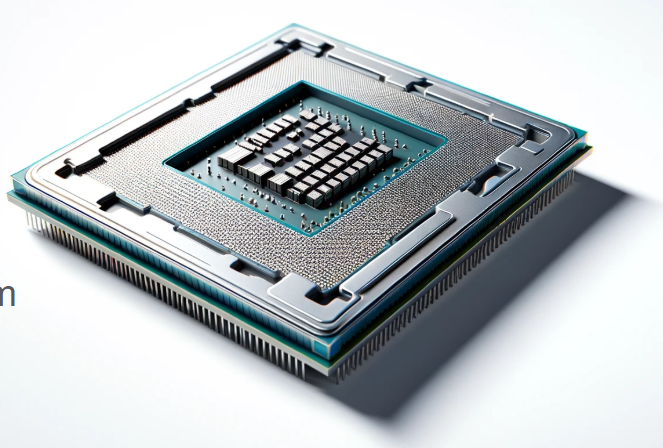
The CPU (Central Processing Unit) is often described as the “brain” of the computer. Why? Because it processes all instructions from software and hardware. From running your favorite apps to executing complex computer programming tasks, the CPU handles it all.
Early CPUs like the Intel 4004 could execute just 92,000 instructions per second. Compare that to today’s processors, such as the AMD Ryzen or Intel Core series, which operate at billions of instructions per second across multiple cores. This leap in power has transformed how we multitask, enabling seamless gaming, video editing, and even AI-powered applications.
Key Takeaway: The speed and performance of a CPU directly influence your computer's ability to handle demanding tasks, making it a critical component in any system build.
Motherboard: The Central Hub
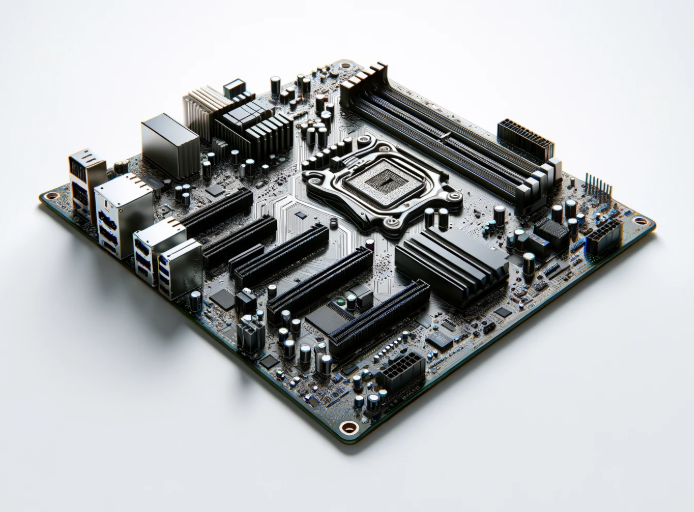
If the CPU is the brain, the motherboard is the nervous system, connecting every piece of hardware to work as a cohesive unit. The motherboard serves as the platform where components like the RAM, graphics card, and storage devices communicate.
Modern motherboards offer advanced features like built-in Wi-Fi, high-speed PCIe slots for GPUs, and support for the latest memory standards. For example, ASUS ROG motherboards are popular in gaming setups for their robust performance and versatility.
Tip for Beginners: Choosing a motherboard compatible with your CPU and other components is crucial for smooth operation.
RAM (Random Access Memory)
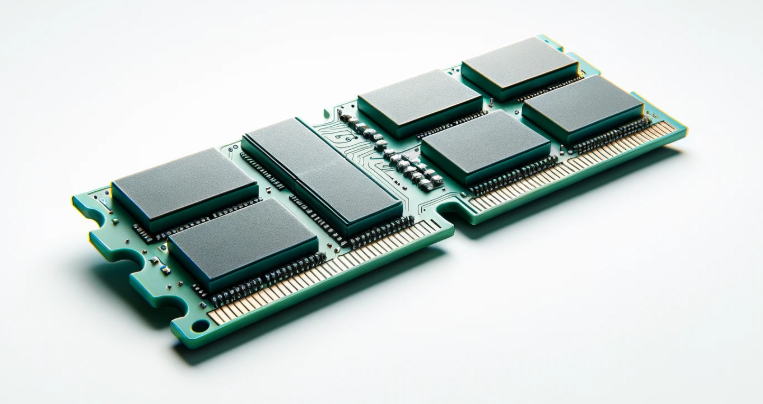
RAM, or Random Access Memory, is a critical component of a computer system that provides short-term data storage for quick access. It acts as a temporary workspace for the CPU, allowing active processes and applications to run smoothly.
Why RAM Matters
- Performance: The more RAM your system has, the more applications it can run simultaneously without slowing down.
- Multitasking: RAM enables seamless switching between multiple applications, making it essential for productivity tasks.
- Gaming: Modern games require substantial RAM for rendering graphics and processing data efficiently.
Popular options include DDR4 RAM for general use and DDR5 for high-performance systems. Investing in sufficient RAM is key to maintaining a fast and efficient computer.
Storage Devices
Storage devices are essential for retaining data, applications, and operating systems. They come in various forms, offering different capacities, speeds, and functionalities.
Types of Storage Devices
- Hard Disk Drives (HDDs): Known for their affordability and large capacities, HDDs are ideal for bulk storage needs.
- Solid State Drives (SSDs): Faster and more reliable than HDDs, SSDs are perfect for boot drives and performance-critical tasks.
- NVMe SSDs: The latest advancement in storage technology, NVMe SSDs offer lightning-fast speeds, making them ideal for gaming and data-intensive applications.
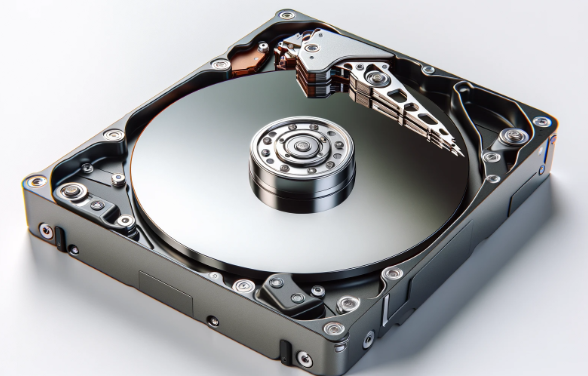
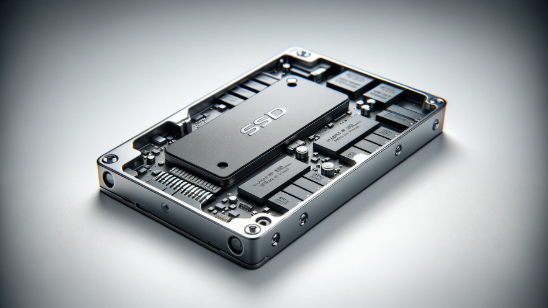
A combination of an SSD for the operating system and an HDD for larger files provides the perfect balance of speed and storage capacity. Regular backups ensure data is safe, even in the event of hardware failure.
Input and Output Devices
No matter how powerful your computer hardware components are, they need a way to interact with the user. That’s where input and output devices come in. These essential peripherals form the bridge between human commands and machine execution, making them a cornerstone of computer hardware basics.
Input Devices: Commanding Your Computer
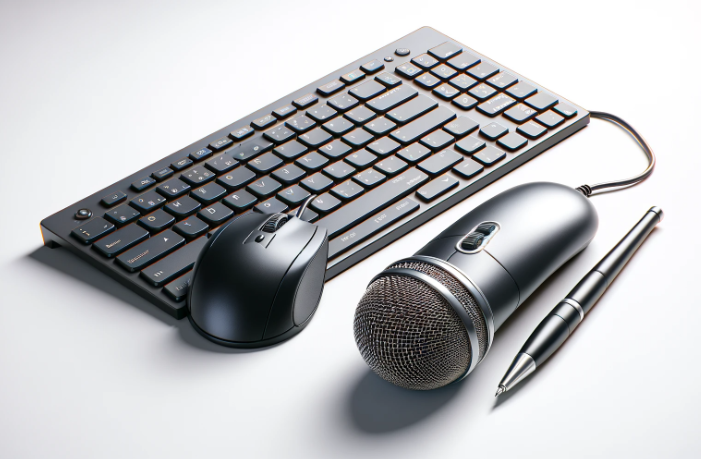
Keyboard: Often overlooked, the keyboard is a fundamental tool for typing, coding, and controlling software. Modern keyboards come in various designs, from ergonomic setups to mechanical switches for tactile feedback. A good keyboard can significantly enhance productivity, especially for tasks like computer programming.
Mouse: A mouse offers precise control, allowing users to navigate graphical interfaces effortlessly. Whether it’s a simple optical mouse or a high-DPI gaming mouse, its role in improving user experience cannot be overstated.
Other Input Devices: Devices like microphones, webcams, and touchscreens also fall into this category, broadening the scope of interaction.
Pro Tip: For specialized tasks like graphic design, invest in devices like stylus-enabled tablets for optimal control.
Output Devices: Interpreting Computer Processes
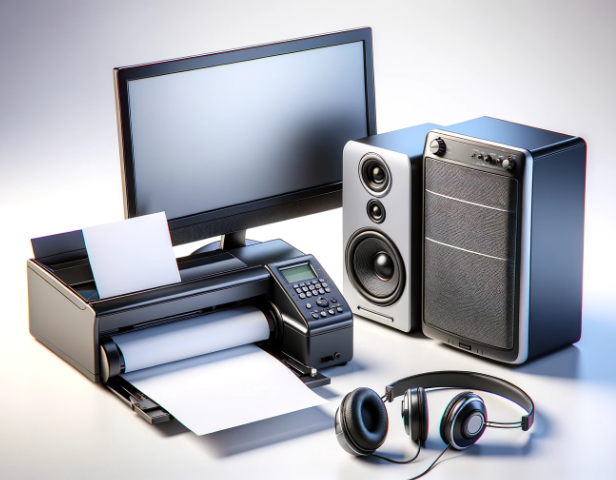
Monitor: Acting as the visual output for a system, a monitor is more than just a screen. High-resolution displays with advanced refresh rates (like 144Hz) are essential for tasks ranging from gaming to detailed design work. Monitors equipped with OLED or LED technology provide superior colour accuracy, making them ideal for creative professionals.
Speakers and Headphones: Whether you’re gaming, editing videos, or attending virtual meetings, quality audio output is vital. Choose headphones for focused tasks or speakers for immersive soundscapes.
Printers: While less common in some settings, printers remain crucial for creating tangible outputs like documents, photos, and blueprints.
Input and output devices not only enhance usability but also determine how effectively you can interact with your computer. As we move into more advanced components in the next section, you’ll see how hardware like graphics cards and power supplies take performance to the next level.
Peripheral and Expansion Devices
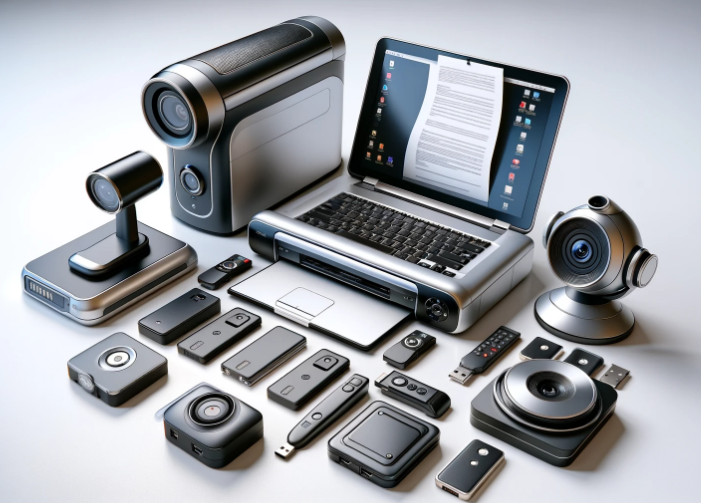
Peripheral devices are external hardware components that connect to a computer to expand its functionality. These devices facilitate input, output, or additional storage and computing capabilities, making them integral to the user experience.
Key Peripheral Devices
- Scanners: Convert physical documents into digital formats. Commonly used for office tasks and image editing.
- Webcams: Capture video and images for video calls, streaming, and content creation. Popular models include the Logitech HD Pro Webcam.
- External Drives: Portable storage options for backups and data transfers. These can be HDDs or SSDs, such as the Western Digital My Passport.
These peripherals enhance the functionality of computers, providing users with versatility and convenience in various tasks.
Expansion Cards
Expansion cards are hardware components inserted into a computer’s motherboard to add or improve functionality. They allow users to customize systems based on specific needs.
Types of Expansion Cards
- Graphics Processing Units (GPUs): Enhance visual rendering for gaming, video editing, and 3D modeling.
- Network Cards: Enable network connectivity, including Ethernet and Wi-Fi. Essential for smooth internet access.
- Sound Cards: Improve audio quality for professional audio work, gaming, and entertainment.
Expansion cards allow users to extend their systems' capabilities, tailoring them for specialized tasks or improved performance.
Networking Hardware
Networking hardware refers to physical devices that establish and manage network connections, enabling communication between computers and other devices.
Key Networking Devices
- Routers: Direct data packets between networks, connecting local networks to the internet. Modern routers often include Wi-Fi capabilities and security features.
- Modems: Convert digital data into formats suitable for transmission over networks, bridging the gap between your local network and the internet.
- Network Switches: Facilitate communication between multiple devices within a single network, ensuring efficient resource sharing and data exchange.
These devices are essential for seamless connectivity, allowing users to share resources, access the internet, and communicate effectively across networks.
Optical Drives
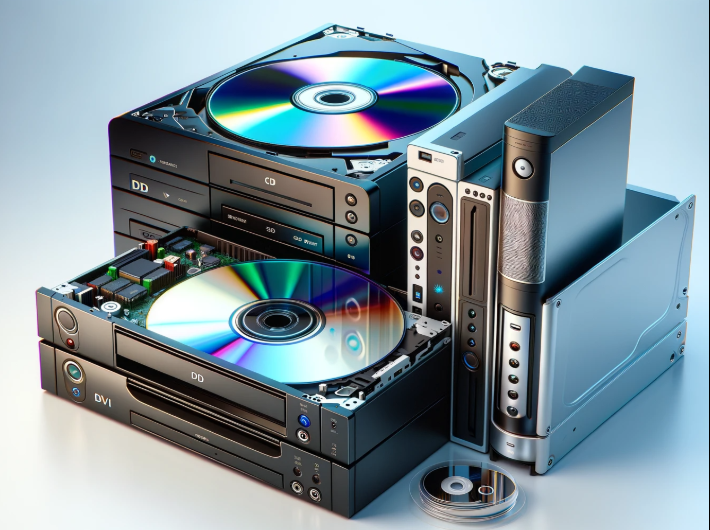
Optical drives use lasers to read and write data to and from optical discs such as CDs, DVDs, and Blu-rays. Although less common due to the rise of cloud storage and USB drives, they remain valuable in specific use cases.
Types of Optical Drives
- CD Drives: Handle data storage and playback on CDs, typically offering up to 700 MB of storage.
- DVD Drives: Support higher capacities of up to 8.5 GB for dual-layer discs, ideal for video content and large data backups.
- Blu-ray Drives: Offer even greater storage, up to 50 GB for dual-layer discs, suitable for high-definition video and extensive data archives.
Optical drives provide an alternative for data backup and software installation, particularly in industries where physical media remain in use.
Portable and Mobile Computing

Portable and mobile computing devices have revolutionized how we work and communicate, offering the flexibility to compute on the go. These devices include laptops, tablets, and smartphones, all designed for convenience and mobility.
Key Portable Devices
- Laptops: Versatile devices that combine portability with the power of desktop computers. Examples include the MacBook Pro and Dell XPS.
- Tablets: Compact devices with touchscreen interfaces, ideal for media consumption and light productivity. Examples include the iPad Pro and Microsoft Surface.
- Smartphones: Highly portable devices with powerful processors and multifunctionality, like the iPhone and Samsung Galaxy series.
Portable computing devices enable users to remain productive, connected, and entertained, whether at home or on the move.
Wearable Technology
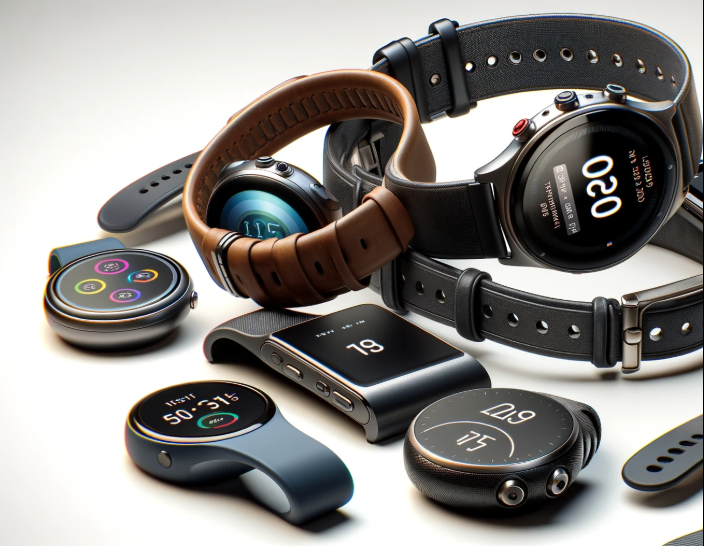
Wearable technology integrates computing capabilities into devices worn on the body, offering users a seamless and personalized experience. These devices often connect with smartphones and other systems to enhance their functionality.
Popular Wearable Devices
- Smartwatches: Wrist-worn devices that combine fitness tracking, notifications, and app functionality. Examples include the Apple Watch and Samsung Galaxy Watch.
- Fitness Trackers: Focused on monitoring physical activity and health metrics, such as the Fitbit Charge series.
Wearable technology is redefining how we interact with devices, promoting health monitoring, productivity, and convenience.
Specialized and IoT Devices

Specialized and Internet of Things (IoT) devices cater to niche applications, enhancing daily life and industrial operations. These devices are interconnected, often automating tasks and streamlining processes.
Key Devices
- Gaming Consoles: Devices like the PlayStation and Xbox optimize gaming experiences with advanced hardware and exclusive titles.
- Virtual Reality (VR) Headsets: Immersive devices such as the Oculus Rift and HTC Vive transport users to virtual environments for gaming and training.
- Smart Home Systems: IoT-enabled devices like Nest thermostats and Amazon Echo provide automation for lighting, security, and temperature control.
These devices showcase how specialized technology and IoT are transforming entertainment, productivity, and home management.
Advanced Components and Performance Optimization
For users looking to push their systems beyond the basics, advanced computer hardware components like graphics cards and power supplies are essential. These parts not only improve performance but also enable specialized tasks such as gaming, video editing, and 3D rendering.
Graphics Card: Powering Visuals
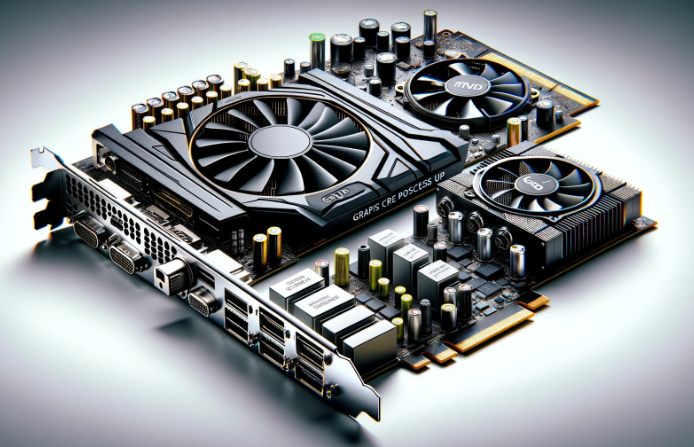
A graphics card, also known as a GPU (Graphics Processing Unit), is designed to handle visual rendering tasks. While CPUs can manage basic graphics, GPUs excel at rendering complex visuals and processing large datasets simultaneously.
Modern GPUs, such as NVIDIA's RTX series or AMD's Radeon RX line, are essential for gaming, animation, and other intensive applications. They also play a critical role in AI computations and computer networking for tasks like video streaming.
Quick Tip: Pair your GPU with a monitor that supports its capabilities, such as high refresh rates or 4K resolution, for the best visual experience.
Power Supply: Keeping It All Running
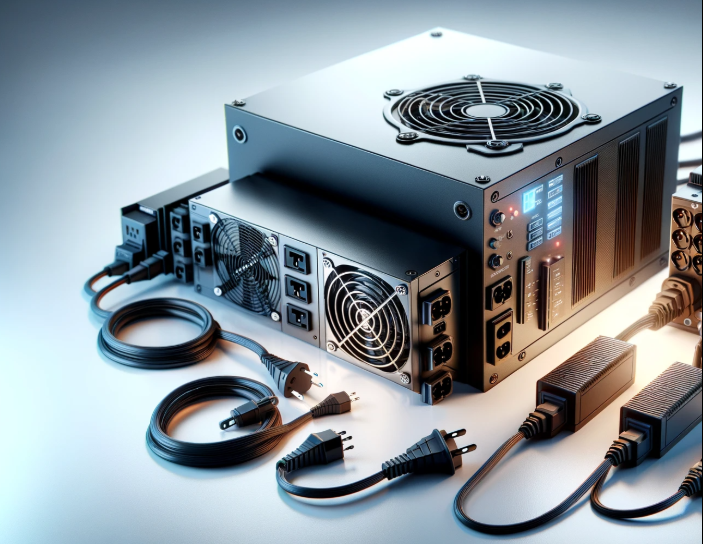
The power supply ensures every component in your system gets the right amount of energy. A high-quality PSU protects your PC components from power fluctuations and ensures stable performance.
- Wattage: Ensure your PSU can handle the total power consumption of your system, especially if you're running a powerful GPU or multiple storage devices.
- Modular PSUs: These provide better cable management, improving airflow within the case.
Pro Tip: Always use a surge protector to safeguard your hardware against unexpected voltage spikes.
Cooling Systems: Maintaining Optimal Performance
Heat is a natural byproduct of high-performance computing. Cooling solutions like fans, heat sinks, and liquid cooling systems are essential to prevent overheating and ensure longevity.
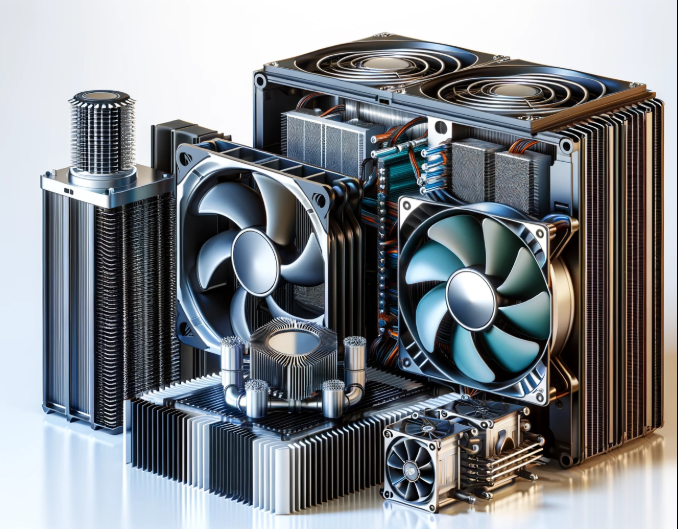
- Fans: Budget-friendly and effective for general use.
- Liquid Cooling: Ideal for high-performance setups where heat output is significant.
Advanced components play a pivotal role in optimizing your computer's performance. As we move forward, we’ll tackle hardware troubleshooting and practical computer technician tips to help you maintain your system effectively.
Hardware Troubleshooting and Maintenance
Even the most advanced PC components can encounter issues over time. Knowing how to identify and fix common hardware problems is a valuable skill, whether you’re a hobbyist or a professional. This section provides actionable computer technician tips to ensure your system stays in peak condition.
Common Hardware Issues and Solutions
- System Won’t Boot:
Possible Cause: Faulty power supply or loose connections.
Solution: Check all power cables, ensure the PSU switch is on, and test the power outlet with another device. - Overheating:
Possible Cause: Dust-clogged cooling systems or insufficient airflow.
Solution: Clean the fans, check for proper airflow inside the case, and consider upgrading to a liquid cooling system if necessary. - Performance Drops:
Possible Cause: Insufficient RAM (Random Access Memory) or storage nearing capacity.
Solution: Upgrade your RAM or switch to a faster SSD. Regularly clear unnecessary files to free up storage.
Preventative Maintenance Tips
- Regular Cleaning: Dust buildup can impair cooling and damage components. Use compressed air to clean the keyboard, mouse, and internal hardware periodically.
- Update Drivers: Ensure all hardware drivers, including those for the graphics card and motherboard, are up to date for optimal compatibility and performance.
- Monitor Power Supply: Use a surge protector or an uninterruptible power supply (UPS) to protect your system from voltage spikes and outages.
When to Seek Professional Help
Sometimes, troubleshooting requires tools or expertise beyond the average user. A certified computer technician can diagnose more complex problems, such as motherboard failures or hardware compatibility issues.
Pro Tip: Keep a maintenance log of upgrades and repairs to track your system’s history. This helps in future troubleshooting and resale value.
Conclusion
Understanding the basic components of computer hardware is the first step toward becoming confident in using, maintaining, and upgrading your computer system. From the CPU (Central Processing Unit) and motherboard to input devices like the keyboard and mouse, each component plays a crucial role in creating a seamless computing experience.
Whether you’re optimizing performance with advanced components like a graphics card or troubleshooting common issues, knowing your hardware helps you make informed decisions. Remember, a well-maintained system isn’t just more efficient—it lasts longer, saving you time and money in the long run.
Now that you’ve gained valuable insights into computer hardware basics, why not put your knowledge to the test?
Take our online assessment and see how much you’ve learned.
If you found this guide helpful, share it with your peers or colleagues! We’d also love to hear from you—leave a comment with your thoughts, questions, or additional tips for maintaining and troubleshooting PC components. Let’s build a community where knowledge flows freely, helping everyone navigate the world of computer hardware with confidence.
Continue to the Next Lesson
Ready to dive deeper into the world of computing? Check out the next part of this series: MST 24 - Lesson 4: Computer Software - The Software Behind Every Click
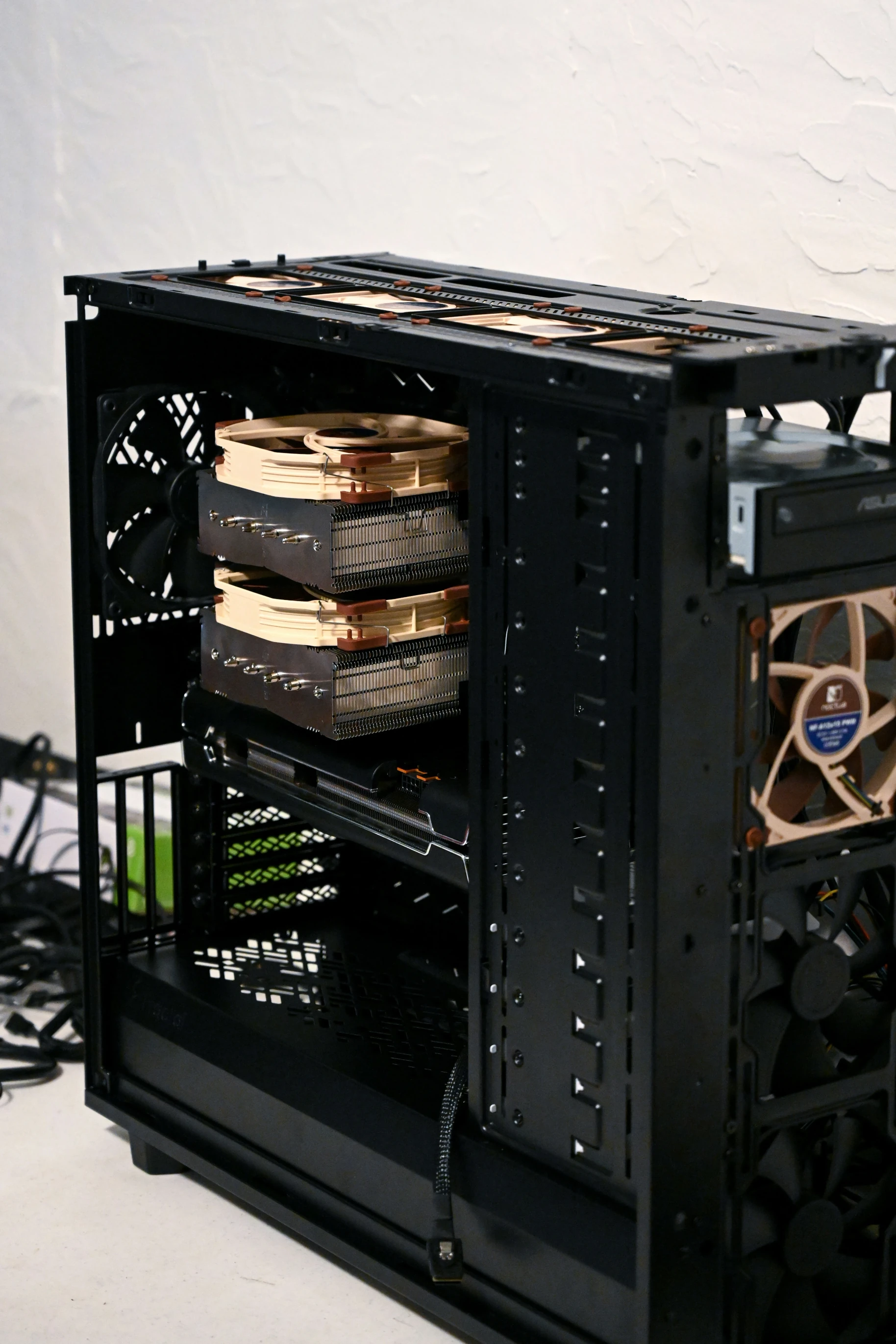
No comments yet. Be the first to share your thoughts!